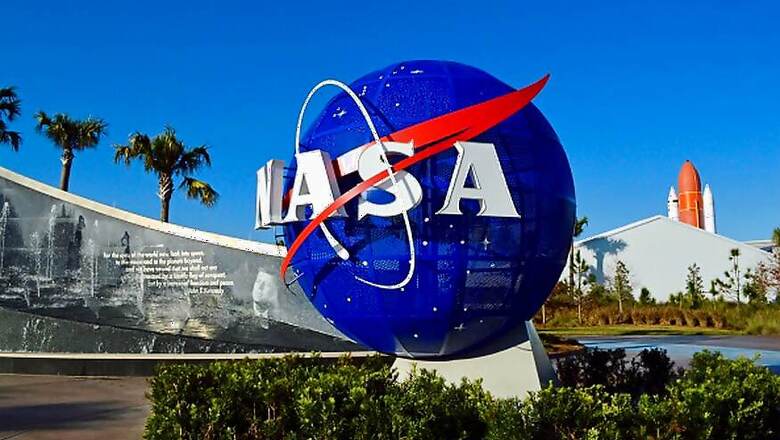
views
The first of two mid-size commercial missions to the Moon for NASA could come as early as 2022, said the US space agency which is focused on increasing science activities near and on the Earth's natural satellite and ultimately returning humans to its surface.
As part of US President Donald Trump's fiscal year 2019 budget proposals, NASA is planning a new Moon-focused exploration campaign that starts with a series of progressive commercial robotic missions.
"The Moon will play an important role in expanding human presence deeper into the solar system," Bill Gerstenmaier, Associate Administrator of the Human Exploration and Operations Mission Directorate at NASA Headquarters in Washington said in a statement on Thursday. "Coupled with the capabilities enabled by the Lunar Orbital Platform-Gateway, these missions will usher in a new era of exploration of the Moon and its resources, and provide a training ground for human missions to Mars," Gerstenmaier added.
NASA said it plans to enlist a series of commercial robotic landers and rockets to meet lunar payload delivery and service needs. The agency intends to release a draft request for proposals this spring to initiate commercial lunar payload service contracts for surface delivery as early as 2019.
Also read: OnePlus 6 Tops AnTuTu Score Among Android Smartphones
NASA already has partnerships with three US companies that are advancing technologies to deliver cargo payloads to the lunar surface. The partners -- Astrobotic Technology of Pittsburgh; Masten Space Systems of Mojave, California; and Moon Express of Cape Canaveral, Florida -- began work in 2014 under NASA's Lunar Cargo Transportation and Landing by Soft Touchdown (Lunar CATALYST) initiative.
The original three-year agreements were amended to extend the work for another two years.
The Lunar CATALYST partnerships have helped advance commercial capabilities to deliver small payloads to the lunar surface. But the agency is also interested in understanding and developing requirements for future human landers.
By developing landers with mid-size payload capacity (500 to 1,000 kg -- roughly the size of a smart car) first, this will allow evolution toward large-scale human-rated lunar landers (5,000 to 6,000 kg). Additionally, this class of lander can support larger payloads to the Moon addressing science and exploration objectives such as sample return, resource prospecting, demonstrations of in-situ resource utilisation (ISRU), and others.
The agency said it would seek information from industry later this month for larger lander development, and determine how best to proceed with potential partnerships. NASA plans to follow that effort with a solicitation to enable the partnerships between NASA and industry.
The agency is also planning to build a lunar outpost in the 2020s. The Lunar Orbital Platform-Gateway will serve NASA and its commercial and international partners as a uniquely valuable staging point and communications relay for exploration and science missions in deep space, the agency said.
Watch: Nokia 7 Plus First Look at MWC 2018















Comments
0 comment